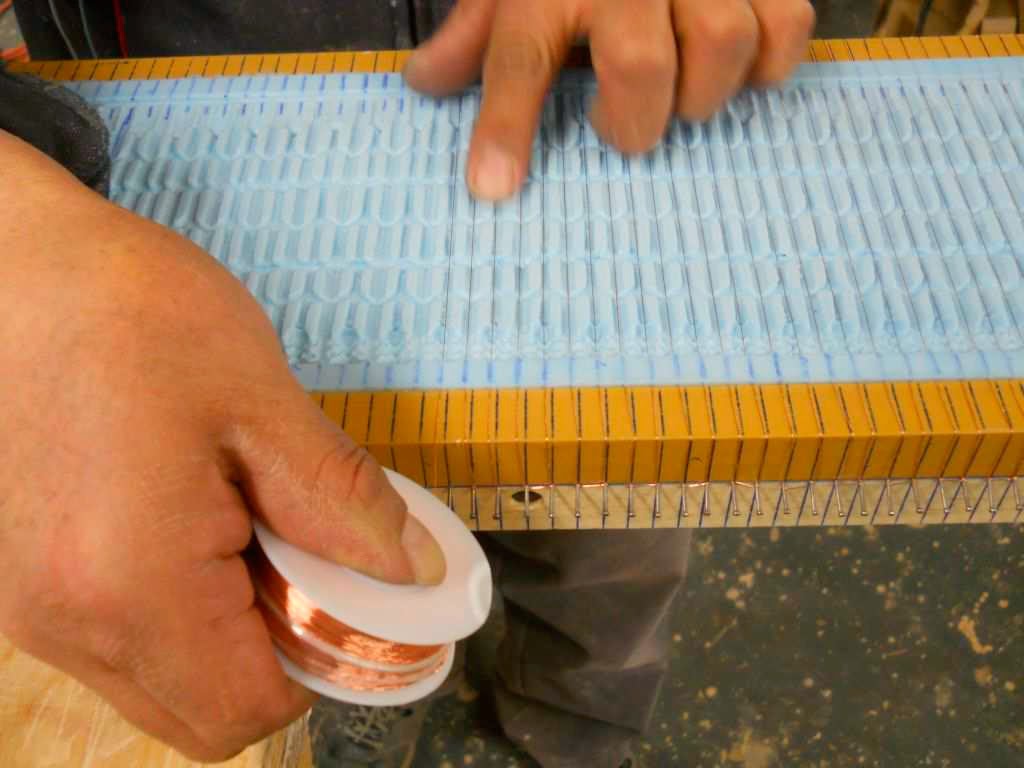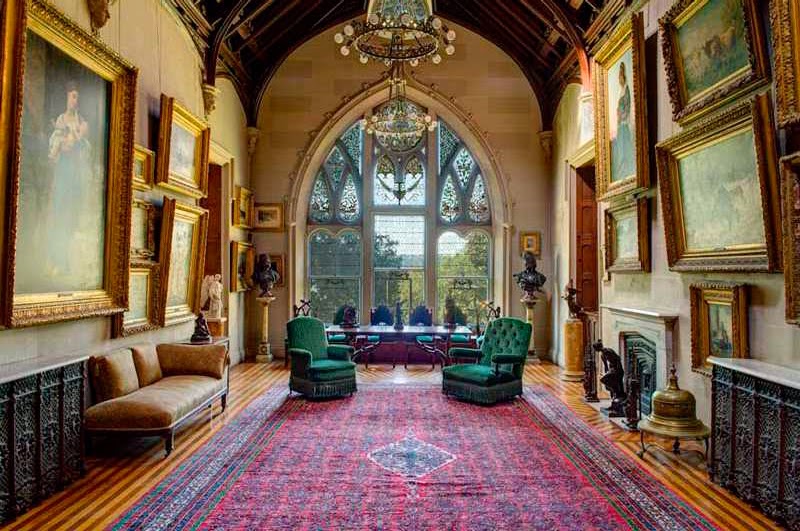Eli Wilner & Company was recently challenged with one of the most complex frame restorations they have seen in 35 years of business when a painting by Thomas Wilmer Dewing, Lady with a Fan, on loan to the Baltimore Museum of Art from the Maryland State Archives, was unable to be placed on view to the public due to the severe deterioration of its frame.
Many of the country’s museums and other public institutions on Eli Wilner & Company’s extensive client list have turned to Mr. Wilner and his staff for their expertise when addressing important re-framing projects. There are a variety of reasons why a work might need to be re-framed: sometimes a frame is not historically appropriate or a curator seeks to have a cohesive aesthetic for an exhibition. Frequently, due to improper handling or storage, combined with environmental factors and age, a frame may become damaged and the costs of restoration need to be weighed against total replacement. Another step in making that decision is researching the source of the frame itself. Labels and any other provenance documents are consulted to determine whether the frame is original to the painting. It is important to distinguish whether it was chosen or designed by the artist, or if it was selected by an owner of the work of art.
In the case of the damaged Dewing frame, which the experts agree must be original to the painting, it is also a rare and extraordinary example of a floating grille frame design by Stanford White – one of the most important figures in American frame history, as well as a member of the prominent architecture firm McKim, Mead & White at the turn of the 20th Century. Therefore, the White frame is of significant value itself, especially when paired with this exquisite painting by Dewing.
Unfortunately, over time, the grille had become broken and distorted, and the crispness of the ornament had been severely eroded.

|  |
Detail of corroded Stanford White frame prior to and after restoration (above)
When approaching any restoration project, the Wilner craftspeople make every effort to salvage the original materials. In this case, the entire grille element was deemed beyond repair and the decision was made to carefully remove it from the gilded substrate. The re-creation was done using the same techniques as the original with internal wire reinforcement. The expert mold-makers were able to achieve the flat contour the grille would originally have had by using other period frames by White as reference. The grille section was then gilded, re-applied to the frame, and the correct patina was achieved. The frame is now ready to be re united with the painting and be enjoyed by the public for years to come in its original splendor.
The technological advancements of the 20th Century affected the nature of the public’s perception of picture framing because of the increased availability and affordability of mass-produced length molding that can be quickly cut and joined. This trend, combined with the influence of stripped down interior design aesthetics, separated many paintings from their original frames. It is commendable that the curators in this situation took the time to research and follow through with this frame restoration project and reflects a movement within the international art market where craftsmanship, historical importance, and value of the picture frame is once again being acknowledged. This is not only apparent in the many public institutions that Eli Wilner & Company are honored to have on their client list, but also with private collectors, who along with their art advisers, have become more actively engaged in the evaluation of framing possibilities with new acquisitions. Many are also becoming aware that frame restoration is often as critical as conservation that may be needed for the artwork it contains and tending to repairs before they are too far gone will alleviate costs and aggravations in the years to come.
On a related note: Eli Wilner & Company has been chosen by Lyndhurst Mansion, a National Historic Trust Site, located in Tarrytown, NY, to collaborate with its staff in restoring and re-hanging the estate’s grand Picture Gallery. The Wilner staff will restore frames that have sustained damage over time and replace those on paintings that have lost their original frames and have been in storage for years. Wilner will also assist with the installation of pictures, maintaining the multi-tiered Victorian style of hanging that has been documented in photographs since the 1870s but will bring many of the best works in the collection to eye level. The extensive collection of finely framed paintings assembled by railroad baron Jay Gould and his daughters include works by Gustave Courbet, Jean-Baptiste-Camille Corot, Theodore Rousseau, Charles Daubigny, Jean-Leon Gerome, Jean Beraud and two important works by Bouguereau. The mansion will reopen for public tours in May 2014. www.Lyndhurst.org





No comments:
Post a Comment